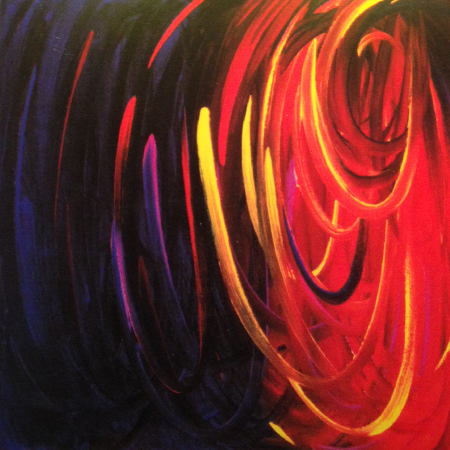The Universal Response
The drive to bond and create relationships is innate from birth and endures throughout our lifetime. Establishing relationships is basic to our humanity. Without healthy attachments infants fail to thrive, children experience insecurity and anxiety, adults suffer loneliness, feelings of failure, and depression. Our human dilemma is that this essential need collides with the reality of our mortality. The fact that all of our attachments are ultimately severed by death, if not for some other reason, sets the stage for the painful experience of loss.
The death of someone important to us is an inevitable part of living and a profound personal loss we all share. Grief is inherently human. It is a natural, healthy response to the death of a primary person in our life. Grief is an accurate expression of the severance of the bond. The bond is meaningful, and the severance of the bond is characterized by pain and disruption encompassing all realms of our human experience: physical, emotional, mental, social, and spiritual. The pain and disruption can be so intense that we may become distressed by what we are experiencing, even causing us to question our sanity. Bereaved individuals often make references to “having a breakdown” or “not handling it.”
Grief is a diverse, complex reaction. It has often been portrayed as having stages. Because the stage model of grief is often misconstrued as being a linear process with definite steps, I prefer a horizontal spiral, like the image of a stretch out spring. We commonly refer to “grief process”. Process implies change. The horizontal spiral accurately represents grief reactions that occur repeatedly and simultaneously over time as well as the experience well known as the “emotional roller coaster” or “waves”. As we cycle and re-cycle through the process, some of the more common reactions are shock (the feeling of “being in a fog”), disbelief, confusion, sleep and appetite disruption, stress, fatigue, sorrow, loneliness, anger, guilt, insecurity, and even relief. We may become forgetful, have difficulty concentrating, and be uninterested in normal activities. Some people no longer see a purpose for living, and wish they would die too. Less frequent are suicidal feelings. It is not unusual to expect to see or hear from the ones who have died, wonder about their whereabouts and wellbeing, and to have experiences of sensing their presence. You may hear, smell, or see them, or feel their presence around you.
Though we all share common grief reactions, it is important to remember that each person’s experience of loss and grief is unique. It is determined by our unique personality, life experience and circumstances, who died and what we specifically lost, and other factors. The Common Grief Reactions page lists many common symptoms of grief. Though you will not experience all of these symptoms, they are all common and well within the range of a healthy grief response.
